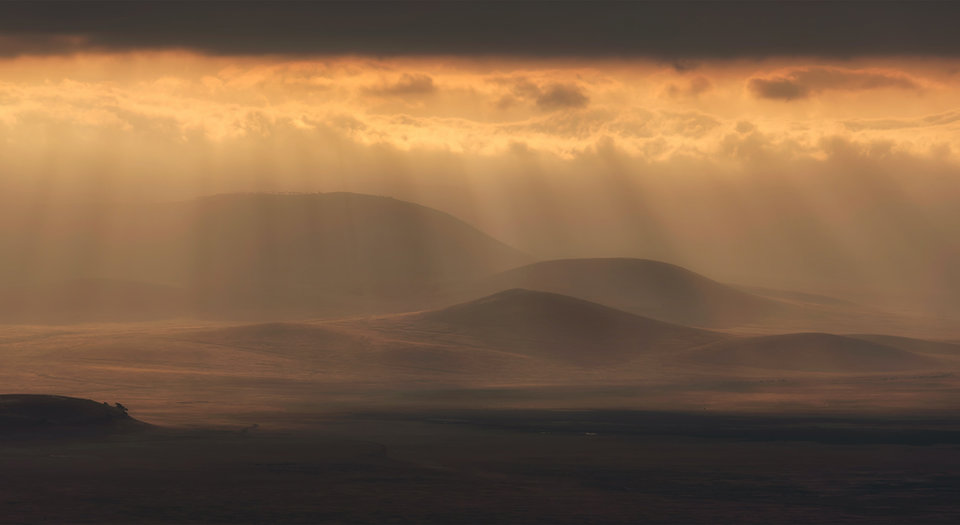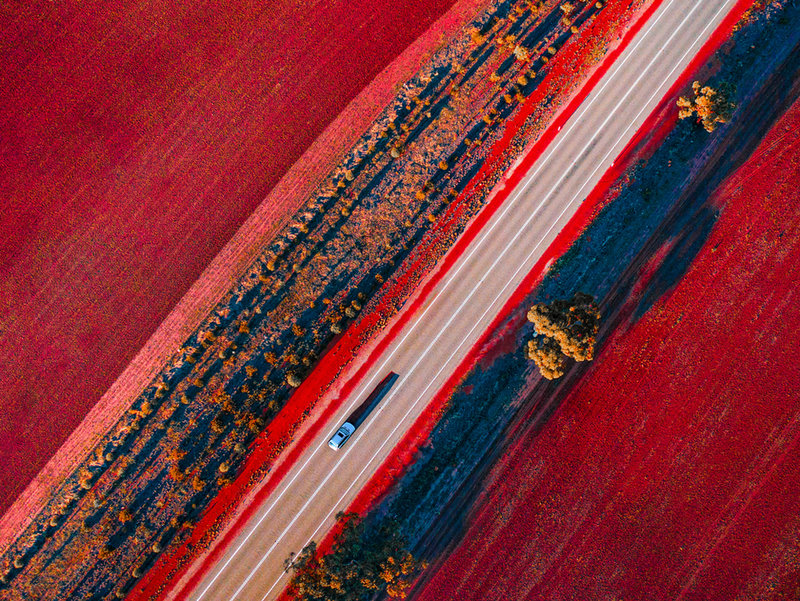
RARE EARTHS
Could rare earths peak in Tanzania?
As miners seek to expand the rare earths sector, projects are popping up across the globe - now including Tanzania. Scarlett Evans examines Australian miner Peak Resources’ project in the country, how it aims to become one of the world’s lowest-cost, fully integrated rare earth producers, and the challenges it may face.
A
fast-growing staple of the green energy revolution, rare earth elements are used to produce electric magnets found in everything from electric vehicles (EVs) to direct-drive wind turbines.
With tightening global emissions restrictions driving up demand for EVs, cashing in on deposits of rare earth materials is a savvy way to secure a seat at the table of the blossoming green economy, and finding alternative sources to China has become a priority amidst continued trade tensions.
Peak Resources’ Ngualla project is based on one of the largest and highest-grade undeveloped neodymium praseodymium (NdPr) deposits in the world, located in southern Tanzania. Rare earths remain a newly emerging product and while deposits in Tanzania are high-grade, Peak Resources’ project marks the first rare earths mine in the country.
It has, however, been dogged with hurdles, including disputes between the government and gold miner Acacia, as well as a 2020 election that saw parliament change hands. Now, Peak is on the home stretch to receiving its mining licence.
Rare earths in Tanzania
Tanzania has a strong mining history, as both Africa’s fourth-largest gold producer and a lucrative hub for precious materials such as diamonds and tanzanite.
With the government hand-over, a new emphasis on mining has taken the driving seat, with the Ministry of Minerals reportedly turning its attention to boosting mining’s contribution to the GDP. The new administration is also seeking to enact mining companies’ right to mine, as well as Tanzania’s right to benefit from its mineral wealth.
A Bloombergreport found that the government intends to increase mineral earnings by 33% over the next three years, marking a revenue increase of up to Tsh701.1bn ($302m) between 2023 and 2024. With such a setup, the foundations have been established for Tanzania to see a boom in its mining fortunes, and Peak is in prime position to ride the wave.
“Tanzania is a very established mining jurisdiction,” says Bardin Davis, managing director of Peak Resources. “It has significant gold, diamond, and tanzanite projects in operation, as well as large-scale rare earth, graphite, and nickel development projects. It’s an incredibly attractive jurisdiction from a geological perspective.”
Ngualla is one of the largest, highest-grade undeveloped NdPr deposits in the world.
“Ngualla is one of the largest, highest-grade undeveloped NdPr deposits in the world,” he adds. “It has ore reserves with a grade of 4.8% that support an initial mine life of 26 years. The intention is to produce a high-grade concentrate at Ngualla with a rare earth oxide grade of around 45%, which will then be shipped to our Teesside Rare Earth Refinery in the UK.”
The decision to ship the NdPr to the UK is due to the country’s long-established history of chemical refining - the established skilled labour force and infrastructure is part of how Peak intends to make their project low in cost and high in efficiency.
“Teesside has a very long history of steel works, chemical, and petrochemical processing,” says Davis. “Our site is located within 3km of Teesport, which is the third largest port by volume in the UK and has capacity to handle large volumes of concentrate and re-agents.
"The site also has existing access to competitively priced power, gas, steam, water, and environmentally sustainable waste disposal. It provides us with a low cost ‘plug and play’ solution.”
A global frontrunner?
With a high-grade deposit and both the workforce and infrastructure in place – the project provides a golden opportunity to lead the charge in the rare earths sector at an economically viable level, with the high grade nature of the deposit meaning less money is needed for processing.
“From a mineralisation perspective we’re dealing with a high-grade site, which means it’s low in acid-consuming elements,” Davis says. “This means we need less reagents and chemicals as part of our separation and refining, as well as low levels of radio nucleotides. We can take the grade of our concentrate up to 45% without needing to be concerned about radioactivity levels.”
Not only does the project hope to prove low-cost, it also intends to channel some much-needed money back into the country.
We can take the grade of our concentrate up to 45% without needing to be concerned about radioactivity levels.
“The tourism industry has been impacted by the global Covid-19 situation,” Davis adds. “Our project is around a $200m investment in the country, which will be a very important source of foreign investment that’s going to create a lot of jobs during construction, as well as during operations. It really is a tremendous opportunity for the country.”
And rare earths is an industry that’s only predicted to continue increasing in value, with a Global News Wire report estimating the sector will reach $6.6bn in value by 2027.
A sector on the rise
The decision of many governments to support a green revolution as part of their Covid-19 recovery strategies has made rare earths a hot commodity, with Australia declaring rare earths a ‘critical mineral’, and giving the green light for companies to develop projects in this space. With China currently producing 90% of rare earths, the need to establish a viable competitor is a motivator for many.
“Due to a combination of China’s dominance in supply, rising geopolitical and trade tensions, and the nexus between rare earths and decarbonisation, there are rising calls for greater diversity of supply and support production outside of China,” says Davis. “Within the new global Covid-19 environment, we are also seeing increased focus around security of global supply chains.”
While Peak Resources’ project ran into some issues in getting off the ground, it would seem the project is finally in the clear, and ready to meet this demand.
The timing of our Special Mining Licence application was unfortunately impacted by a protracted dispute between the Tanzanian Government and Acacia.
“The timing of our special mining licence application was unfortunately impacted by a protracted dispute between the Tanzanian Government and Acacia and subsequent amendments to the mining legislation,” says Davis.
Yet he adds that new Tanzanian President Samia Sulu Hassan has shown a pro-business and foreign investment stance that bodes well for the project’s future. The only task standing in the way of operations commencing is paperwork.
“The key focus is the official granting of the special mining licence,” Davis says. “Post that, we need to negotiate an economic framework, update the BFS around costs, and then on the commercial side secure long-term offtake arrangements, in conjunction with project and export financing. We don’t see any of those as major constraints. It’s more just a process that we will need to work through.”
If all goes to plan, Ngualla is on track to open its doors in the near future, and start a new chapter for Tanzania’s mining sector, with Peak at its helm.
